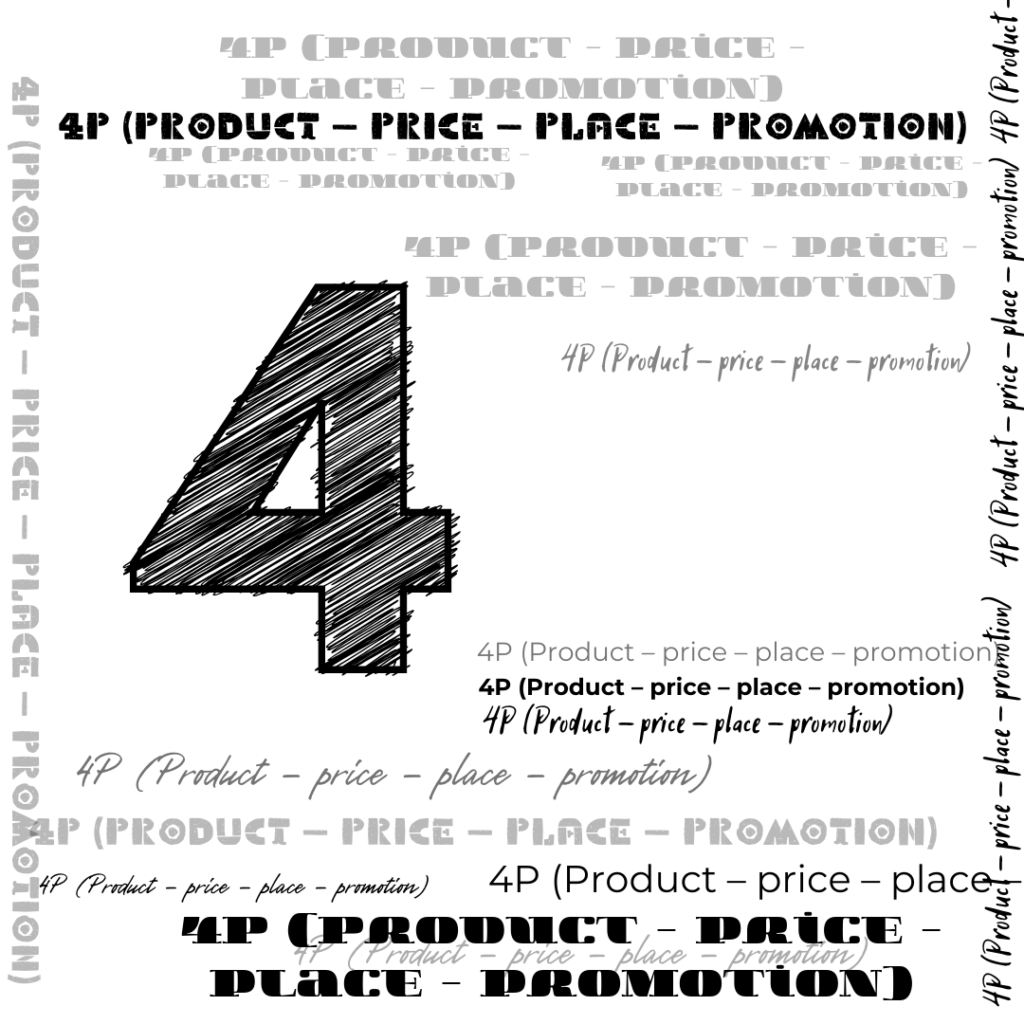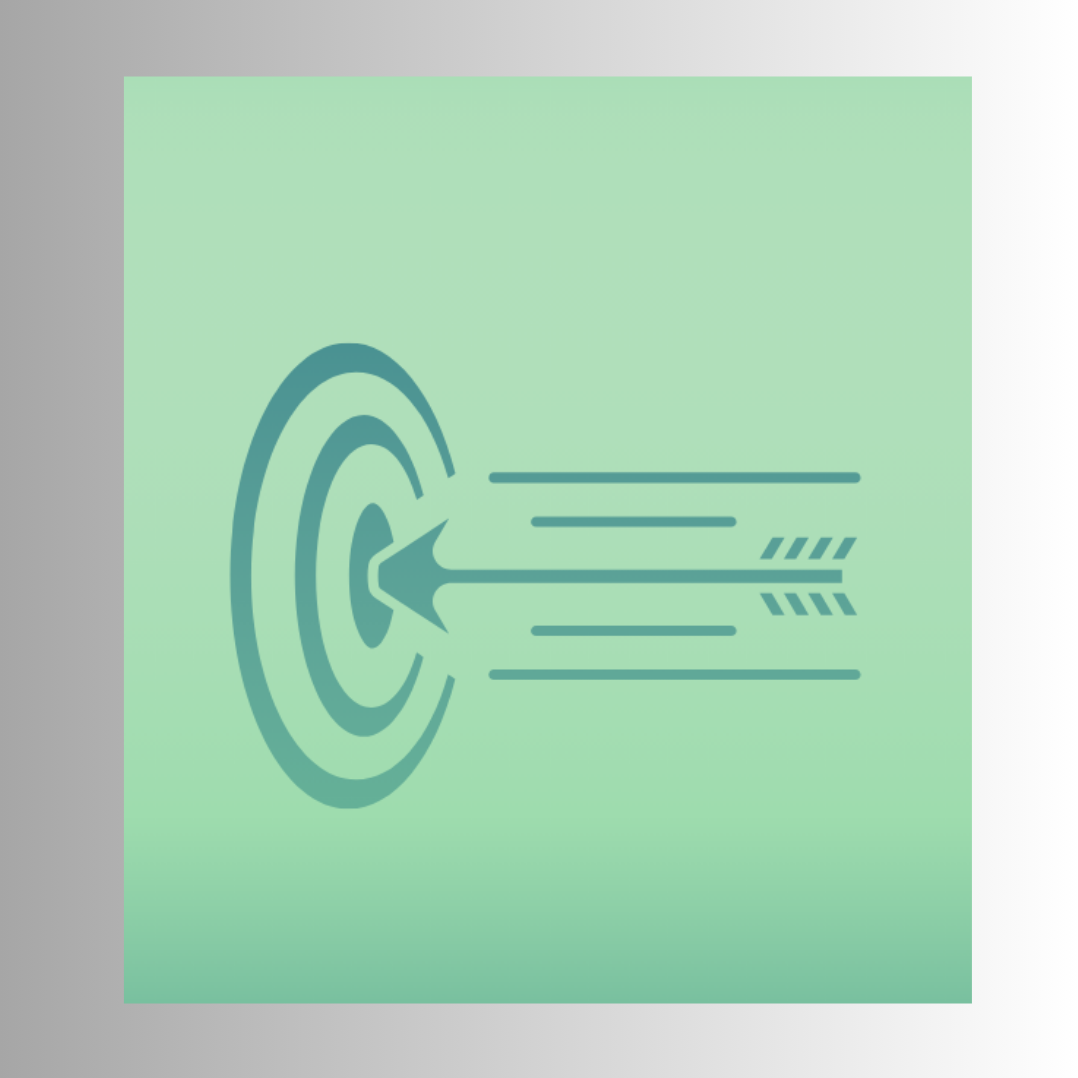
The Logo as an Anchor: Why Recognition Builds Trust Instantly
Think about the golden arches of McDonald’s, the swoosh of Nike, or the bitten apple of Apple. You do not need explanations to know what they mean. You do not need a list of reasons to trust them. A logo acts as an anchor. It pulls up feelings, memories, and expectations the moment you see it. That recognition alone can spark trust before a single word is spoken.
Logos are not just decoration. They are shortcuts in the brain. They compress years of branding, marketing, and customer experiences into a single mark. When done right, they create immediate confidence. That is why companies spend millions protecting and promoting their logos.
Why Logos Trigger Instant Trust
Humans are pattern-seeking creatures. The brain loves to recognize symbols. Familiarity breeds comfort. When we see something often, we feel safer with it. Psychologists call this the mere-exposure effect. The more we see a logo, the more we trust it, even if we never use the product.
Logos also serve as anchors for memory. Every ad, purchase, or experience linked to a brand gets tied to its logo. Over time, the logo stops being just a design. It becomes a container for meaning. Seeing it activates not just recognition but emotion.
For example, a Coca-Cola logo does not only remind people of soda. It brings up memories of holidays, ads with music, or moments of sharing drinks with friends. The logo becomes a trigger for stories people tell themselves. That emotional anchor creates trust without needing arguments or persuasion.
The Psychology of Logos as Anchors
The anchoring effect explains part of this power. The first impression of a logo sets the baseline for how we see the brand. If the initial experiences are positive, the logo becomes a symbol of trust. Every future interaction builds on that anchor.
Color, shape, and simplicity matter too. Bold, clean logos are easier to recognize and remember. That recognition happens in milliseconds, far faster than reading text. This speed is why logos are critical in crowded markets. A customer scanning shelves or scrolling online cannot process long messages. But a logo cuts through instantly.
Neuromarketing studies show that logos light up brain regions linked to emotion and memory. The reaction is not rational. It is subconscious. The logo acts like a trigger that fires before logic kicks in. This is why people often describe brand loyalty as a feeling rather than a choice.
How Brands Build Logos Into Anchors
A logo does not gain power overnight. It becomes an anchor through consistency and repetition. Brands that use the same symbol across ads, packaging, and products reinforce recognition. Over years, the logo absorbs associations until it speaks louder than words.
Nike is a prime example. The swoosh on its own is enough to suggest speed, performance, and victory. Decades of ads, athlete partnerships, and customer experiences made it so. The brand rarely needs to say much. The logo tells the story.
Small brands can learn from this. The key is consistency. Constantly changing or redesigning weakens the anchor. Customers need time and repeated exposure to form the trust link. A strong logo used consistently builds familiarity, and familiarity leads to confidence.
Logos also work as social proof. When people see a trusted logo in use by others, the sense of safety grows. Think about payment providers like Visa or Mastercard. Their logos on a website reassure customers that the transaction is legitimate. The anchor effect works even when we are not fully conscious of it.
The Limits and Risks of Logos
While logos are powerful, they are not magic. A logo is only as strong as the experiences behind it. If the brand fails repeatedly, the logo becomes an anchor for distrust instead of trust. Recognition without positive association does not help.
There is also the risk of overexposure. A logo plastered everywhere without authenticity can feel empty. People sense when a symbol is pushed harder than the value it represents. This can erode trust instead of building it.
Brands must balance visibility with substance. The logo should remind people of real positive experiences. Without those, the anchor collapses.
Conclusion: A Shortcut to Trust
A logo is more than a design. It is an anchor that connects memory, emotion, and recognition. It condenses countless brand interactions into one simple mark. When done well, it creates instant trust without argument.
Marketers who understand this treat logos with respect. They keep them consistent, pair them with positive experiences, and use them as triggers for stories rather than empty decoration. Customers may not remember every ad or message, but they remember the logo. And in that split second of recognition, trust is either reinforced or broken.
In the end, logos prove a simple truth. People do not just buy products. They buy meaning. A strong logo becomes the doorway to that meaning, opening trust in a moment, faster than any words ever could.
